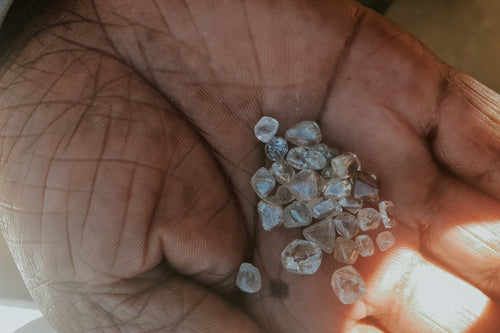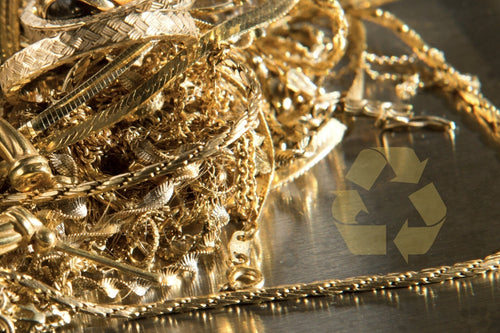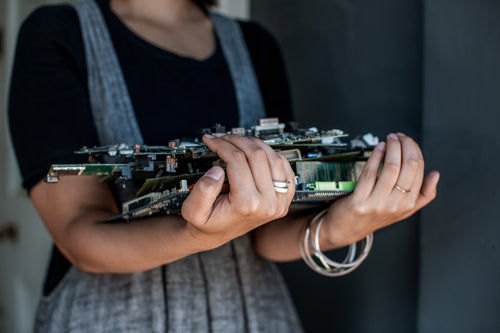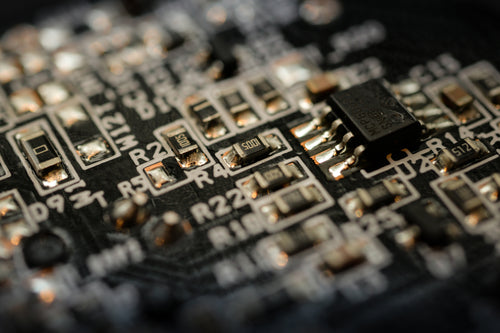Tax included. Shipping calculated at checkout.
Journal

Nov 07, 2025
Why Ethically Sourced Gemstones Matter
From the deep blues of sapphires to the vivid greens of emeralds, gemstones are admired for their beauty, symbolism, and cultural meaning. Yet behind the sparkle lies a complex story… Approximately 80% of the world’s coloured gemstones are mined by artisanal and small-scale miners. [1] Unlike industrial-scale operations, these mines often have lower environmental impact and, when managed responsibly, can benefit the local communities that...

Oct 23, 2025
The Failure of the Kimberley Process
The discovery of the Kimberley diamond fields of South Africa in 1871, [1] named after an English earl, marked the shift from artisanal digging to industrial-scale mining. Indigenous communities were dispossessed of their land, forced into low-wage labour, and diamonds suddenly flooded global markets. Seizing the opportunity, Cecil John Rhodes consolidated these now white-owned mines into the De Beers Company, which grew into a near-global...

Oct 07, 2025
The Greenwashing of Recycled Gold
Gold is a messy business. Mining destroys ecosystems, generates toxic waste and emits huge amounts of carbon, exploits workers, and fuels the “growth at all costs” model of capitalism. Because of its high value per gram, gold is easily smuggled, illicitly traded, and used to fund conflict. See Al Jazeera’s exposé for gold's dirty secrets. But it is beautiful! And it is the backbone of...

Mar 17, 2025
Fairmined - An in-depth exploration
Every conversation about ethical jewellery has to begin at the source; the extraction of the metals. This holds particularly true for precious metals like gold and silver, where corporate and conventional mining practices are so often marred by social and environmental destruction. Enter Fairmined – a certification that promises a brighter, more sustainable future for miners, ecosystems and consumers alike. So, what is Fairmined gold...

Sep 18, 2024
How e-waste is recycled
From electronic waste to golden nugget, a step by step overview of our e-waste recycling process. E-waste collection and sorting E-waste must be manually dismantled and sorted. This is a labour-intensive process. The components which do not contain precious metals (primarily plastics and aluminium) are sent to specialised recyclers. The precious metal containing e-waste is fully processed at our facility. Depending on volume this is...

Sep 02, 2024
2024, e-waste and it's challenges
I have been pretty quiet of late, here on this journal, on our socials and honestly in person too; but I am (and we are) most assuredly still here. 2024 so far has been AuTerra Jewellery’s wintering. It has been a time of great purpose, despite the fact that most of the growth has been invisible, happening beneath the surface. It is becoming more and...

Sep 21, 2023
The hidden story of gold. Where is the gold in e-waste?
Gold, celebrated throughout history for its beauty and rarity also has certain notable properties that make it indispensable in the production of today’s electronic devices. Conductivity: Gold is an excellent conductor of electricity, this ensures efficient data transmission and reliable electrical connections. Resistance to corrosion and tarnish: This ensures longevity and durability of the components. Malleability: Gold can be drawn into incredibly fine wires,...

Jun 16, 2021
What exactly are Lab-Grown Diamonds?
Lab-grown diamonds — also known as cultivated diamonds — are formed in highly controlled laboratory environments using advanced technology that replicates and accelerates the natural diamond-growing process. Just like those formed deep within the Earth’s mantle, these diamonds are made of pure carbon arranged in a cubic crystal structure. Are lab-grown diamonds real diamonds? Perhaps the most common question people ask about lab-grown diamonds is: Are...

Feb 17, 2021
What is e-waste and why it matters.
E-waste or electronic waste is a collective term for electronic devices (from aeroplane cockpit consoles to the cell phone you are probably reading this on) that are broken, unwanted or reaching the end of their ‘useful life’. E-waste is not a new phenomenon, we have been discarding electronic products since Thomas Edison patented the electric light bulb. In recent years however, e-waste has been getting...
